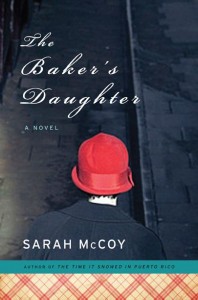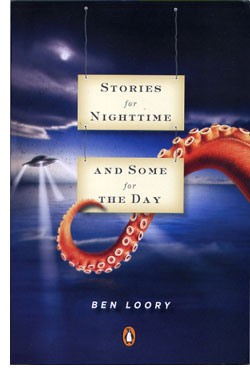
“He fell on the bottle before he took a seat, pouring two fingers of whiskey into his wineglass, streaked with the last of a red he’d consumed. Now that he’d gotten his invitation, his tentative edge fell away, replaced by relief.” (from the e-story)
Lanore McIlvrae from The Taker (my review) meets with the one and only Edgar Allan Poe by chance in an expensive Baltimore hotel in 1846 after having been gone from America for the last 20 years. Poe describes himself as an orphan and a widower able to support himself as the “devil’s scribe,” but Lanny seems passingly interested in his life story and the fact that he’s a writer. However, in spite of her preoccupation with why she came back to America, she walks with this stranger through the streets of Baltimore, careful not to reveal too much of herself to him.
The story raises the idea of telling strangers secrets as a way to unburden the soul without having to deal with the same consequences one would have to deal with should they tell someone they know intimately or should they tell a family member. It is reminiscent of the relationship between dying soldiers and/or patients and the priest that comes to hear their sins, though in this situation, Poe cannot offer Lanny absolution.
Even in this short story, Katsu is adept at creating tension and suspense as Lanny and her new companion make their way to Boston. The story is predictable — though because I’ve already read The Taker — but well written. Readers who know anything about Edgar Allan Poe should realize where the story is headed, but I’ll not give it away. I really enjoyed learning more about Lanny and her fears, and it will likely play into Katsu’s next book, The Reckoning.
***Reading on the Kindle***
It wasn’t too bad with a short story. I actually was surprised how I remained focused, but I’m not sure that I can remain focused for a full length novel. I may try doing that soon, but for now, I’m still a fan of “real” books.











 About the Author:
About the Author:




 About the Author:
About the Author:


